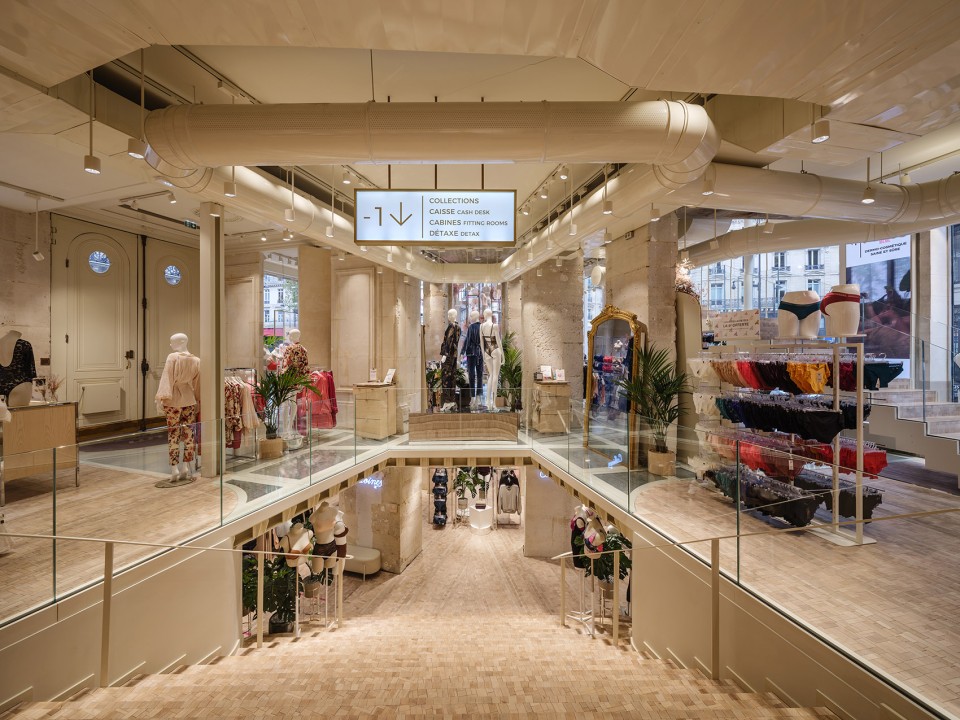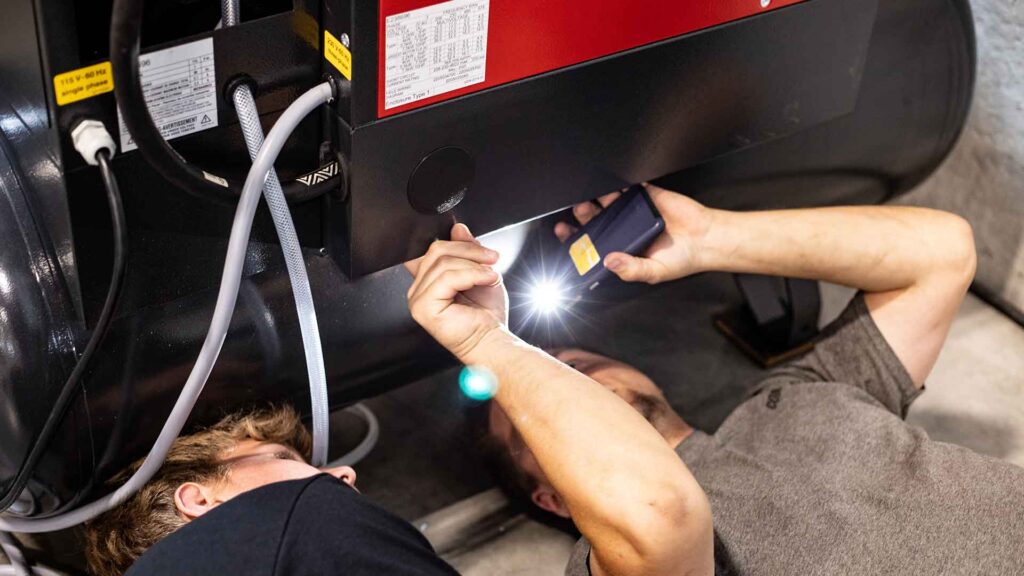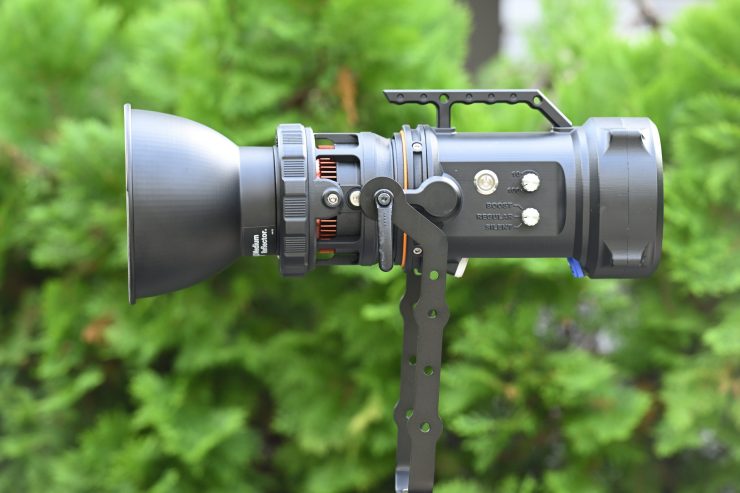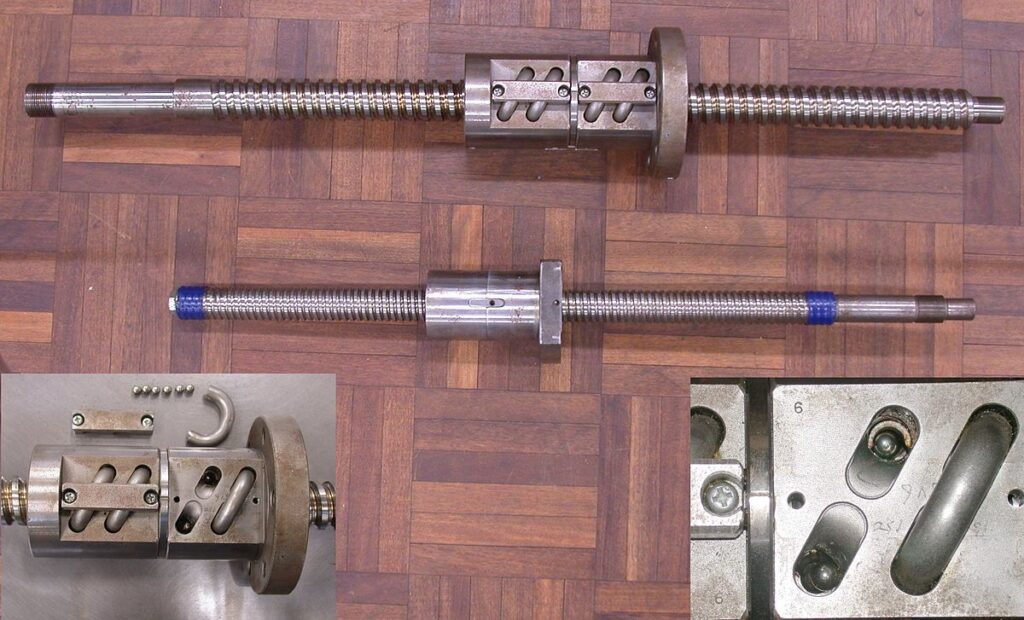
In the ever-evolving world of retail, businesses constantly seek innovative ways to attract customers and increase sales. One such strategy that has gained significant traction is the shop-in-shop design concept. This approach involves creating a smaller, branded store within a larger retail environment, allowing brands to establish a distinct presence while benefiting from the foot traffic of the host retailer. This article explores the impact of shop-in-shop design on retail success and how it can be leveraged to create a competitive edge.
What is Shop-in-Shop Design?
The shop-in-shop concept, also known as a store-within-a-store, involves dedicating a portion of a larger retail space to a separate brand or product line. This mini-store operates as a distinct entity, often with its own staff, branding, and layout, yet remains integrated within the host retailer’s environment. The host retailer typically offers complementary products, making the shop-in-shop a natural extension of the customer’s shopping experience.
Benefits of Shop-in-Shop Design
- Brand Visibility and Recognition
A well-designed shop-in-shop can significantly enhance a brand’s visibility. By occupying a prominent space within a larger retailer, the brand gains exposure to a wider audience, including customers who may not have specifically sought out the brand. This increased visibility helps in building brand recognition and loyalty. - Targeted Marketing and Customer Engagement
Shop-in-shop designs allow brands to engage directly with their target audience. With a controlled environment, brands can tailor the shopping experience to meet their customers’ needs and preferences. This can include personalized service, exclusive product offerings, and unique promotional events, all of which contribute to a more memorable and satisfying shopping experience. - Cost Efficiency
Setting up a standalone store requires significant investment in terms of real estate, staffing, and inventory. A shop-in-shop, on the other hand, allows brands to tap into an established customer base without the high overhead costs associated with a full-scale retail operation. This makes it an attractive option for both emerging and established brands looking to expand their market reach. - Enhanced Shopping Experience
For customers, the shop-in-shop concept enhances the overall shopping experience by offering a more curated and diverse product selection. It allows shoppers to explore new brands and products in a convenient setting, often leading to increased customer satisfaction and repeat business. Additionally, the immersive environment created by the shop-in-shop design can make shopping more enjoyable and engaging. - Collaboration Opportunities
The shop-in-shop model fosters collaboration between brands and retailers. These partnerships can lead to co-branded marketing campaigns, exclusive product launches, and other synergistic activities that benefit both parties. By aligning with a reputable host retailer, brands can also leverage the host’s credibility and customer base to boost their own reputation and sales.
Key Elements of Successful Shop-in-Shop Design
6. Strategic Placement
- The location of the shop-in-shop within the host retailer’s store is crucial. High-traffic areas, such as entrances or near complementary product categories, are ideal for maximizing visibility and footfall. The shop-in-shop should be positioned where it can naturally attract the attention of shoppers, encouraging them to explore the offerings.
7. Cohesive Branding - While the shop-in-shop operates as a separate entity, it should maintain a cohesive brand identity that resonates with its target audience. Consistent branding, from signage and color schemes to product displays and packaging, helps create a seamless shopping experience that reinforces the brand’s message and values.
8. Innovative Design - A successful shop-in-shop design should be visually appealing and innovative, drawing customers in with its unique layout and presentation. This could include creative use of space, interactive displays, and technology-driven experiences that set the brand apart from competitors and keep customers engaged.
9. Customer-Centric Approach - The design and operation of the shop-in-shop should prioritize the customer experience. This means creating a welcoming environment with knowledgeable staff, easy navigation, and personalized service. By focusing on the needs and preferences of the customer, brands can build lasting relationships and drive loyalty.
Conclusion
The shop-in-shop design concept offers a powerful tool for brands looking to increase their visibility, engage with customers, and drive sales within a competitive retail landscape. By carefully planning and executing a shop-in-shop strategy, businesses can create a unique shopping experience that not only enhances their brand presence but also contributes to the overall success of the host retailer. As retail continues to evolve, the shop-in-shop model will likely play an increasingly important role in shaping the future of the industry.













